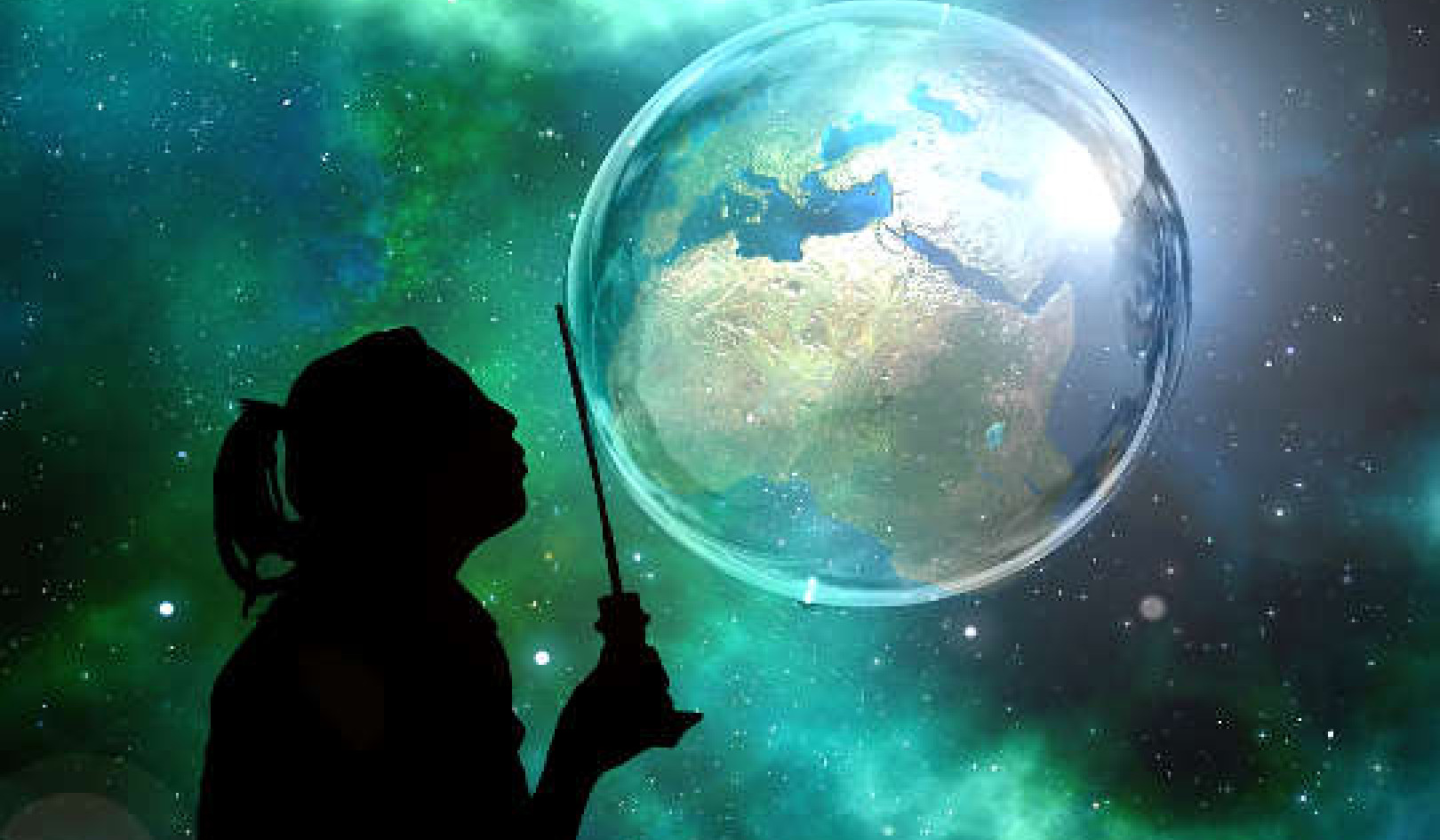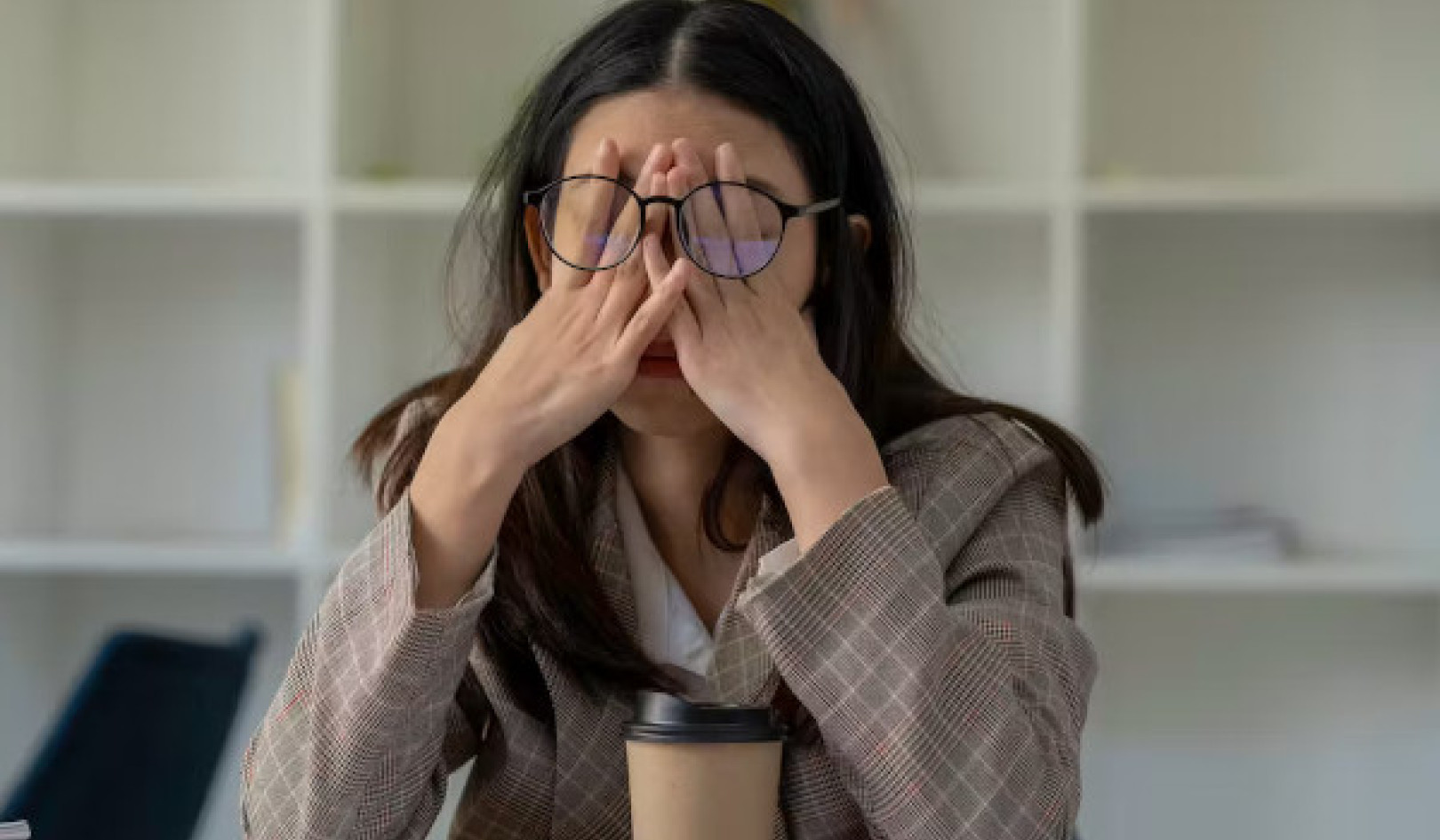 Chernobyl and COVID-19: when the threat is in the air you breathe. Ondrej Bucek/Shutterstock
Chernobyl and COVID-19: when the threat is in the air you breathe. Ondrej Bucek/Shutterstock
As we slowly emerge from government-imposed lockdowns, we find ourselves forced to renegotiate some of the spaces that used to be the most familiar to us. Shops, community centres and public transport now all carry an invisible threat: surfaces may be contaminated, airborne particles may be inhaled.
The way we move within these spaces has changed. This is partly due to the safety regulations devised to enforce distance, and partly due to our personal perception of threat.
Since lockdowns came into force, I have been co-curating the 100 Words of Solitude project, collecting and publishing global literary responses to the pandemic and its impact on our daily lives. The writing reveals that, across the world, emotional responses to mundane activities are now heightened. Our behaviour has changed in response to a threat we cannot see, but which may nonetheless kill us.
“The enemy is outside,” Megha Nayar wrote from India in April. “And so we huddle indoors, forgetting, for the time being, what the sun and moon look like.”
From Chernobyl to COVID-19
This is not the first time that a large community of people have had to negotiate an invisible danger. When the Chernobyl nuclear power plant disaster occurred in 1986, it spread radiation across vast areas of Europe. Thousands of residents were evacuated and became ill.
At the time, responses to the contamination were varied. According to first-person testimony collected by Belarussian journalist Svetlana Alexievich, one resident said she “washed the house, bleached the stove … all so we could come back.” Another revealed, “my daughter followed me around the apartment and wiped down the door handle, the chair.” Others struggled to believe the risk. “They said the water was ‘dirty’. How can it be dirty when it’s so clean?”
During my PhD research I visited Chernobyl to study the emotional and behavioural responses people form to the imperceptible dangers still there today. These are similar to how people are responding to the coronavirus pandemic.
We are worried about touching things, so we avoid it. We are highly conscious of our proximity to surfaces and possible contamination, and move differently to compensate. We are scared of invisible airborne particles getting inside us. We notice our breathing, hold our breath or feel breathless. Protective coverings make us feel safer (even if these aren’t used properly or aren’t proven to work). And we accept we might be harmed even after being careful.
For example, we might think: “I need to shop, I will be careful, but must accept a slight risk.” This acceptance allows us to move through the environment, even if carefully and anxiously, to complete our goals.
In the case of Chernobyl, the passage of time has allowed us to negotiate the space for a second time. The site is now a tourist destination, giving people a chance to explore the abandoned, and still radioactive, villages left behind.
Such tourists actively seek out the very experience we are all now negotiating: invisible danger. In this case, the thought process goes: “I want to see this place, I will be careful, but must accept a slight risk.”
At Chernobyl today, the risk assessment is short-lived and can be exciting. But in the case of COVID-19, it is ongoing and can be distressing and exhausting.
The psychogeography of coronavirus
The examination of how places make us feel and behave is called psychogeography, a term coined by political artist Guy Debord in the 1960s. It is generally used to explore how urban planning affects people’s emotions and movements. But it is more difficult to apply when there is an invisible aspect of place, such as germs, involved.
Without sensory input like broken glass or smoke to signify danger, it is hard to assess risk. Sometimes we can rely on technology - for example, the dosimeters used at Chernobyl to record radiation levels - to assess the danger more accurately; otherwise, invisible risks are purely conceptual. Personal risk-assessment is then based on shared cultural understanding, general knowledge of radiation or infection, and the instruction of experts.
This can lead to dramatically varied responses. At one end of the spectrum is cocooning, expressed by Edinburgh-based novelist Cherise Saywell in her contribution to 100 Words of Solitude, where she writes of giving up on shoes entirely:
I have put my outdoor shoes away. My leather boots with the patterned tooling are no longer required, nor the high-heeled sandals, nor even those black lace-up brogues I put on for meetings when I wanted to look like I knew everything I needed to know.
At the other end of the spectrum is rule-breaking, in which those with a distrust of government policy value their own experience and desire for normality over evolving scientific data.
Reasons for breaking safety rules are based in our social and cultural experiences. Those from privileged, culturally empowered backgrounds may challenge a perceived infringement of their “rights”, as seen in the US, where crowds of armed lockdown demonstrators have stormed capitol buildings demanding the right to a haircut.
In stark contrast, after the Chernobyl disaster self-settlers returned to their homes inside the exclusion zone despite the dangers. Their actions were rooted in the trauma of displacement, escape from discrimination, an intense connection to their ancestral landscape, and a need to feel safe at home.
Today, we might draw comparisons between the complex psychogeography at play in Chernobyl “stalkers” breaking into the exclusion zone (their ancestral homeland) to eat food and drink water that may be contaminated with radiation as way of reclaiming the space, and the young people breaking lockdown restrictions to inhabit community spaces with friends - a coping mechanism in response to COVID-19 anxieties.
Both staying inside indefinitely and breaking lockdown rules involve a desire to control an invisible danger and leads to internal conflicts and concerns about consequences. These are powerful psychogeographic responses to familiar environments which centre on ownership and our sense of belonging.
As lockdowns continue to evolve, and some countries face the prospect of a second wave, our emotions and behaviours will evolve with them. Psychogeography may be the key to empowering us as we negotiate this change. And it may help us to remember – we have negotiated invisible threats before.![]()
About The Author
Philippa Holloway, Associate Tutor in English Literature and Creative Writing, Edge Hill University
This article is republished from The Conversation under a Creative Commons license. Read the original article.

Related Books:
Atomic Habits: An Easy & Proven Way to Build Good Habits & Break Bad Ones
by James Clear
Atomic Habits provides practical advice for developing good habits and breaking bad ones, based on scientific research on behavior change.
Click for more info or to order
The Four Tendencies: The Indispensable Personality Profiles That Reveal How to Make Your Life Better (and Other People's Lives Better, Too)
by Gretchen Rubin
The Four Tendencies identifies four personality types and explains how understanding your own tendencies can help you improve your relationships, work habits, and overall happiness.
Click for more info or to order
Think Again: The Power of Knowing What You Don't Know
by Adam Grant
Think Again explores how people can change their minds and attitudes, and offers strategies for improving critical thinking and decision making.
Click for more info or to order
The Body Keeps the Score: Brain, Mind, and Body in the Healing of Trauma
by Bessel van der Kolk
The Body Keeps the Score discusses the connection between trauma and physical health, and offers insights into how trauma can be treated and healed.
Click for more info or to order
The Psychology of Money: Timeless lessons on wealth, greed, and happiness
by Morgan Housel
The Psychology of Money examines the ways in which our attitudes and behaviors around money can shape our financial success and overall well-being.
























